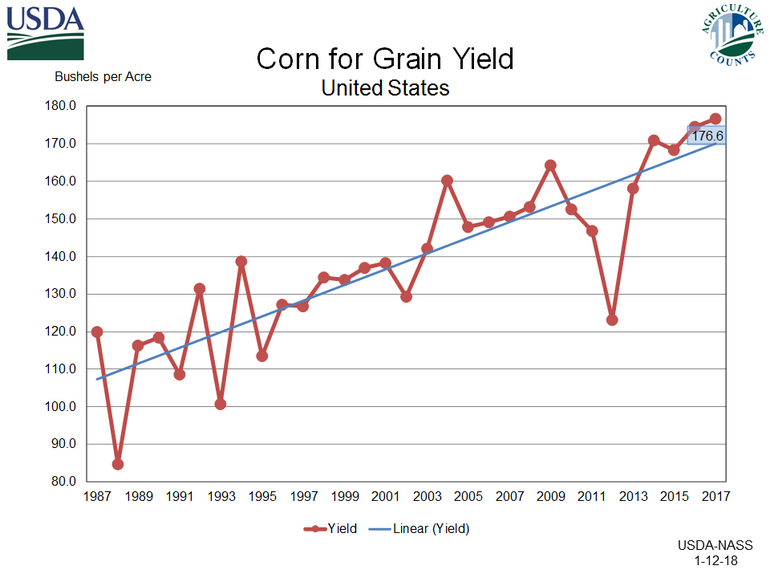August 1, 2018

Sponsored Content
More than ever, industry experts and growers understand that there is no silver bullet to grow yield year after year. However, working towards healthier soil can help improve nutrient use efficiency (NUE), build plant resilience against pests and extreme weather events and in turn go a long way to adding yield. Unfortunately, one product or practice is not able to achieve the benefits of soil health or improved NUE. Practicing soil health and nutrient use efficiency is a multi-step process that involves a careful examination of soil-friendly products – fertilizers, adjuvents, pesticides/insectides/herbicides, use of cover crops and adding other forms of organic matter into a fertility program. Achieving quality soil and the soil biology that drive NUE is the outcome of implementing processes that put soil at the forefront of decision-making.
Impacts of Nutrient Use Efficiency
Crop and soil performance by way of NUE is ultimately a socioeconomic manner. As world population grows, 9 billion people projected by the year 2050, growers will need to produce more food – more yield - to keep up with demand. The US Corn Yield trend-line has been increasing for the last 20 years:

As yields increase, more nutrients are needed to replace the nutrients removed in the grain/stover. Fertilizer prices have been up and down recently, and growers, more than ever, would be wise to protect themselves from price volatility. Improving the return on fertilizer purchased is a must and the potential to do so starts with a healthy soil. Keeping fertilizer where crops can access the nutrients is critical. Applied nitrogen and phosphorus find their way into Mississippi River and the Gulf of Mexico causing large areas of hypoxic conditions - nutrient-rich and oxygen-poor. Hypoxic zones kill habitat and the animals that live there, ultimately destroying the fishing economy of the Gulf States. In other parts of the U.S., large amounts of run-off nutrients have negatively impacted Lake Erie, the Chesapeake Bay and many other sensitive watershed areas.
It is also crucial to recognize the social aspects of NUE. Water quality is only one part of the social impacts. Consumer pressure for healthier foods and farm-to-table transparency is a powerful force. Recognizing that healthy, nutrient-rich food starts with healthy, nutrient-rich soil is a grower’s advantage. Along the way of implementing soil health practices growers can positively impact regional and national watersheds while achieving plant health and yield.
Soil health and NUE are all in the “Carbon” SYSTEM.
Implementing a variety of soil building tactics is the best method for optimizing NUE and soil health. This is known as a systems approach to agriculture, or biological farming. Biological farming is the recognition that the soil biology is essential to nutrient cycling, building soil tilth, and maintaining an environment of nutrient use efficiency. Rather than add microorganisms to a soil that isn’t prepared to support them, begin by building soil organic matter or using a carbon delivery system of nutrients whenever possible.

Figure 2 illustrates the survival rate of microorganisms added to the soil – there is a 10-fold decrease after 4 days and a 100,000 fold decrease after 50 days. On the other hand, changing soil properties by introducing organic matter and various forms of carbon (e.g. manures, crop residues, sugars, etc.) provide important food sources for native soil biology. Feeding soil biology on a regular basis allows those microorganisms to propagate – feed – die – repeat. This endless biological cycle of nutrient movement is the driver of NUE.
About the Author(s)
You May Also Like




